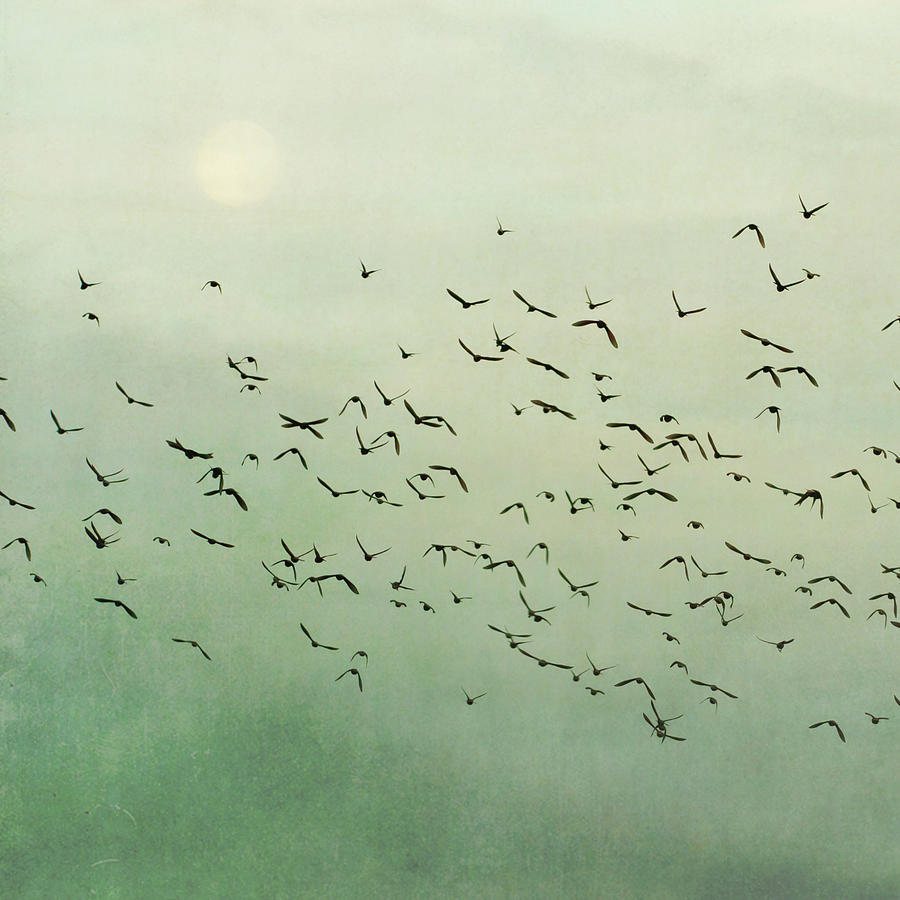

Each spiral is a rotating vortex of high and low pressure, almost like the wake of a boat moving through the water. The air moving across the birds’ wings spirals outward from the wingtips as the bird moves along. The unique shape of those wings (which is called an airfoil) generates lift as they move through the air. This generates lift that is stronger than the paper’s weight, so it flies!īirds generate lift for flight by flapping their wings. Why? Because by blowing air underneath it, you increase the air pressure below the paper until it is higher than the air above the paper. When the forces of lift are stronger than the object’s weight under gravity, the object will fly.įor example, if you blow air at a low angle on a piece of paper, you can get it to fly across a table. Birds flying in an echelon have an easier time hearing one another’s contact calls and staying in a tightly-knit group.įlight occurs when an object achieves lift, which is when there is higher air pressure below the object than above it. Many birds use contact calls-short call-and-answer vocalizations to their nearby companions-to stay close to one another. It is also easier for them to hear one another. When birds fly in an echelon, they can keep one another in their peripheral vision to stick together. Keeping the group together, what biologists call group cohesion, is important to getting these benefits. They can also benefit from having more group members’ knowledge of where to find high quality food or a safe place to spend the night. Birds in larger groups can be safer from predators with more eyes looking for danger. During migration and other long moves, staying in a group has major advantages. Image from s-ms_1989 on Pixabay.īirds that fly in a ‘V’ also have an easier time keeping an eye on one another. How else does flying in a V help birds? Even very large flocks, like these Common cranes ( Grus grus) use the V formation to save energy on long voyages. Later in this post, we’ll get into the science of why exactly big birds get these benefits from flying in an echelon. In other words, pelicans didn’t have to work as hard to fly when they flew in a V. A study on pelicans also showed that their heart rates were consistently lower when flying in a group. This increased fuel efficiency meant that they could fly 70% further than birds that were on their own. Researchers have estimated that birds that fly in a V can reduce the energy costs of flying by 50%. Because of this, it makes sense that the birds who do it are bigger and move longer distances. It also takes more energy for larger, heavier birds.

How does flying in a V help birds save energy?įlying takes a lot of energy, and those energetic costs are greater for birds that have to fly longer distances. It helps birds keep an eye on one another as they travel.There are two major explanations for the advantages of flying in a ‘V’-shaped echelon: To understand why, its worth getting into some specifics. The air currents generated by smaller birds’ flight patterns are too chaotic to help other birds increase their flight efficiency. As we’ll see below, this has a lot to do with why birds form echelons in the first place. Smaller birds, like songbirds (passerines) don’t tend to form flying V’s. Larger birds that move long distances on migration or make long daily commutes fly in echelons more often.īirds that commonly fly in echelons include: With breeding done and out of the way, many animals spend time in larger groups for safety. But aside from scoring the perfect slap shot, Why do flocks travel in formation?įlocks on the move are a common sight in Fall and Winter in temperate climates further from the Earth’s equator.


 0 kommentar(er)
0 kommentar(er)
